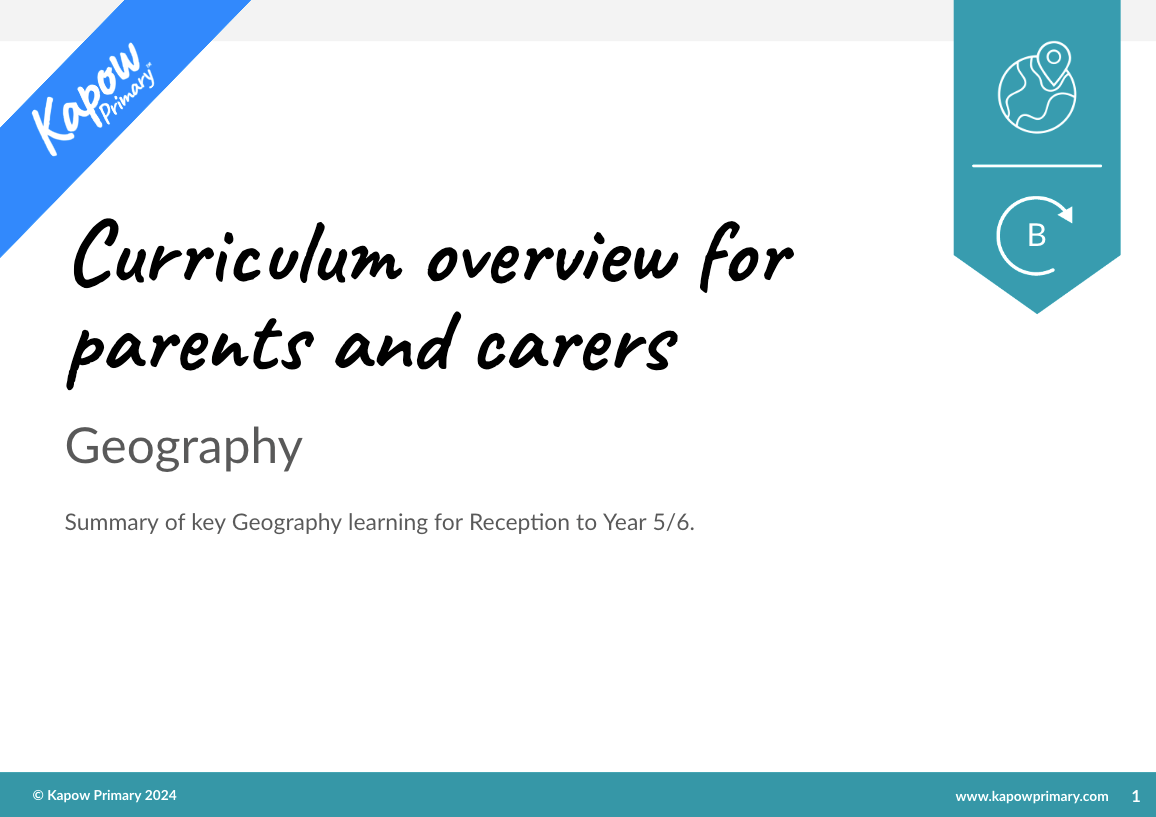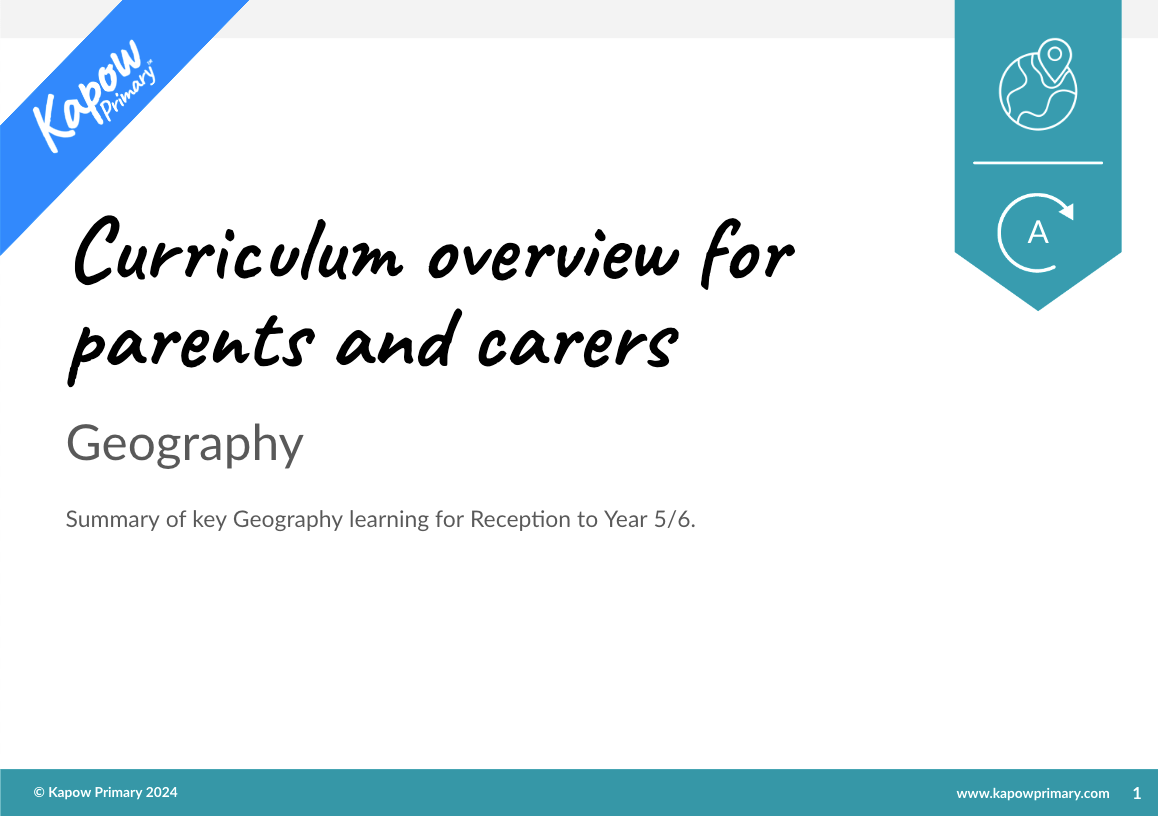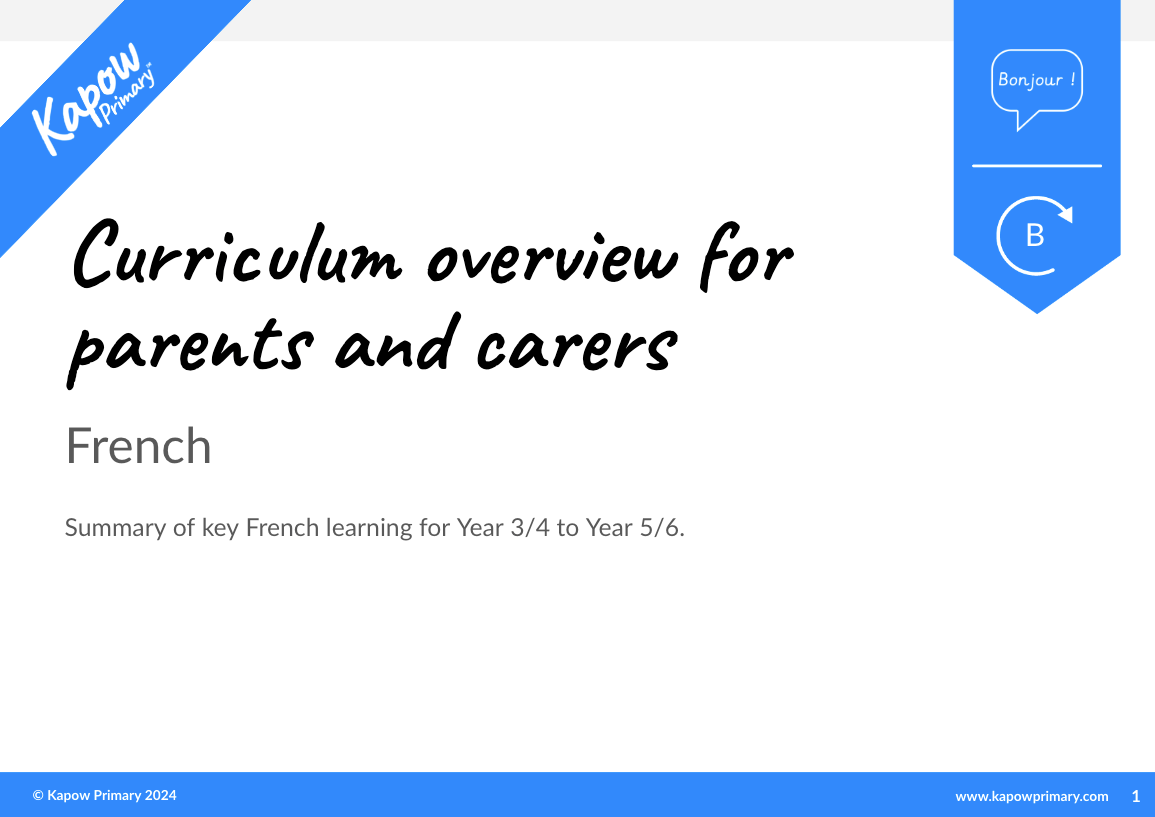
This unit vocabulary display includes keywords from the mixed-age unit Religion and worldviews, Y5/6 (A), Why do Dharmic religions look different around the world? and additional unit-specific words that may be helpful in a display.
Key vocabulary is clearly labelled on the display, highlighting essential words that the pupils are expected to retain and reuse in future units. Understanding these words enhances comprehension of the subject and supports understanding of prominent organised worldviews.
See the full Religion and worldviews: Progression of key vocabulary.
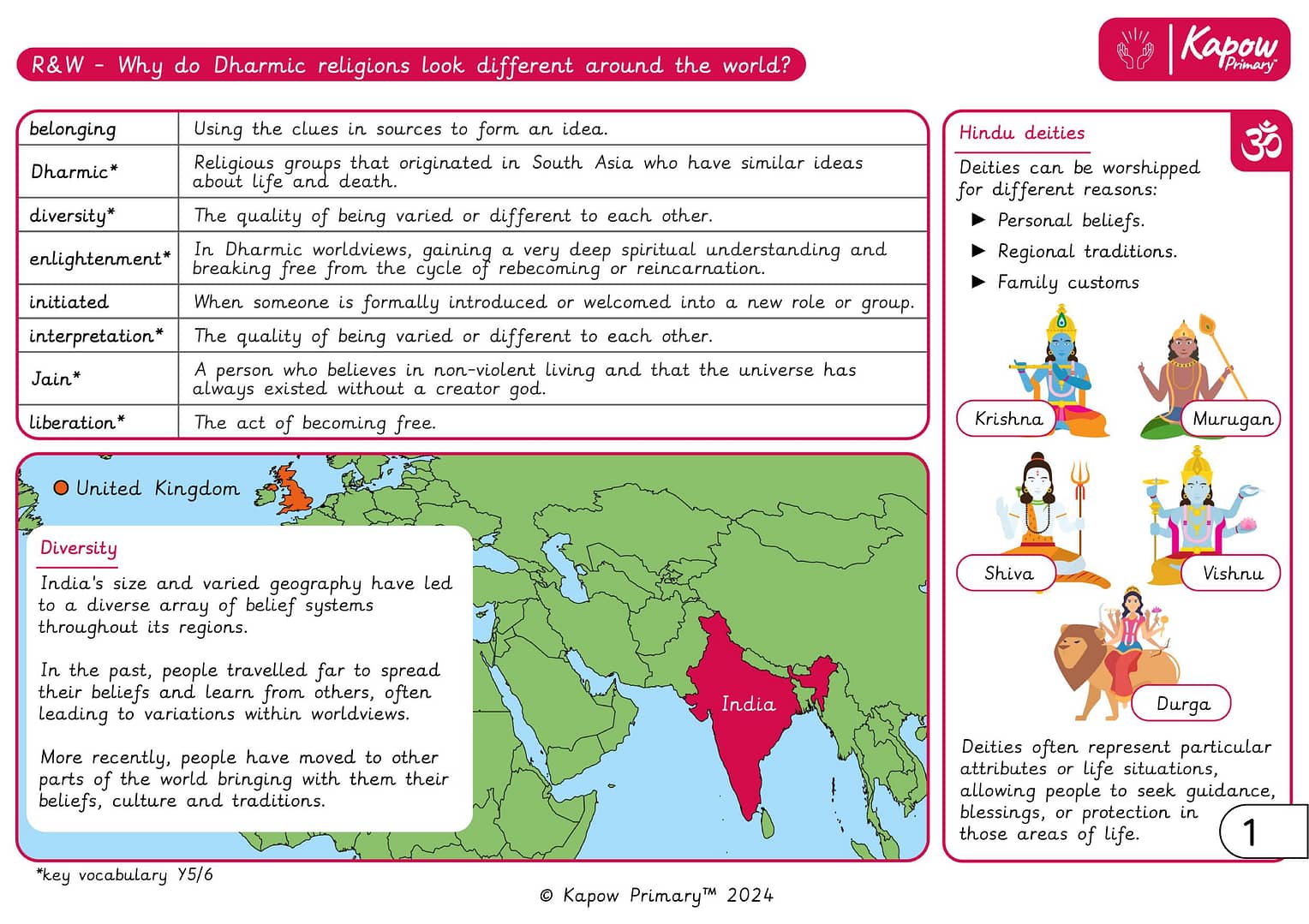
A Knowledge organiser that captures the essential knowledge and skills learnt throughout the unit Religion and worldviews, Year 5/6 (A), Why do Dharmic religions look different around the world?
This resource is designed to support pupils in understanding the diversity within Dharmic religions and how beliefs and practices vary globally. It introduces the concept of religious diversity influenced by regional geography, cultural traditions, personal beliefs, and historical movement of people. The organiser highlights key vocabulary such as “liberation,” “enlightenment,” and “interpretation,” while also exploring symbolic elements like light in festivals and the significance of Hindu deities. It explains how Buddhist practices differ between schools such as Theravada and Mahayana, and how Sikh identity can be expressed through initiation rituals and the five articles of faith. This resource is perfect for deepening understanding of religious diversity and cultural identity across the world.
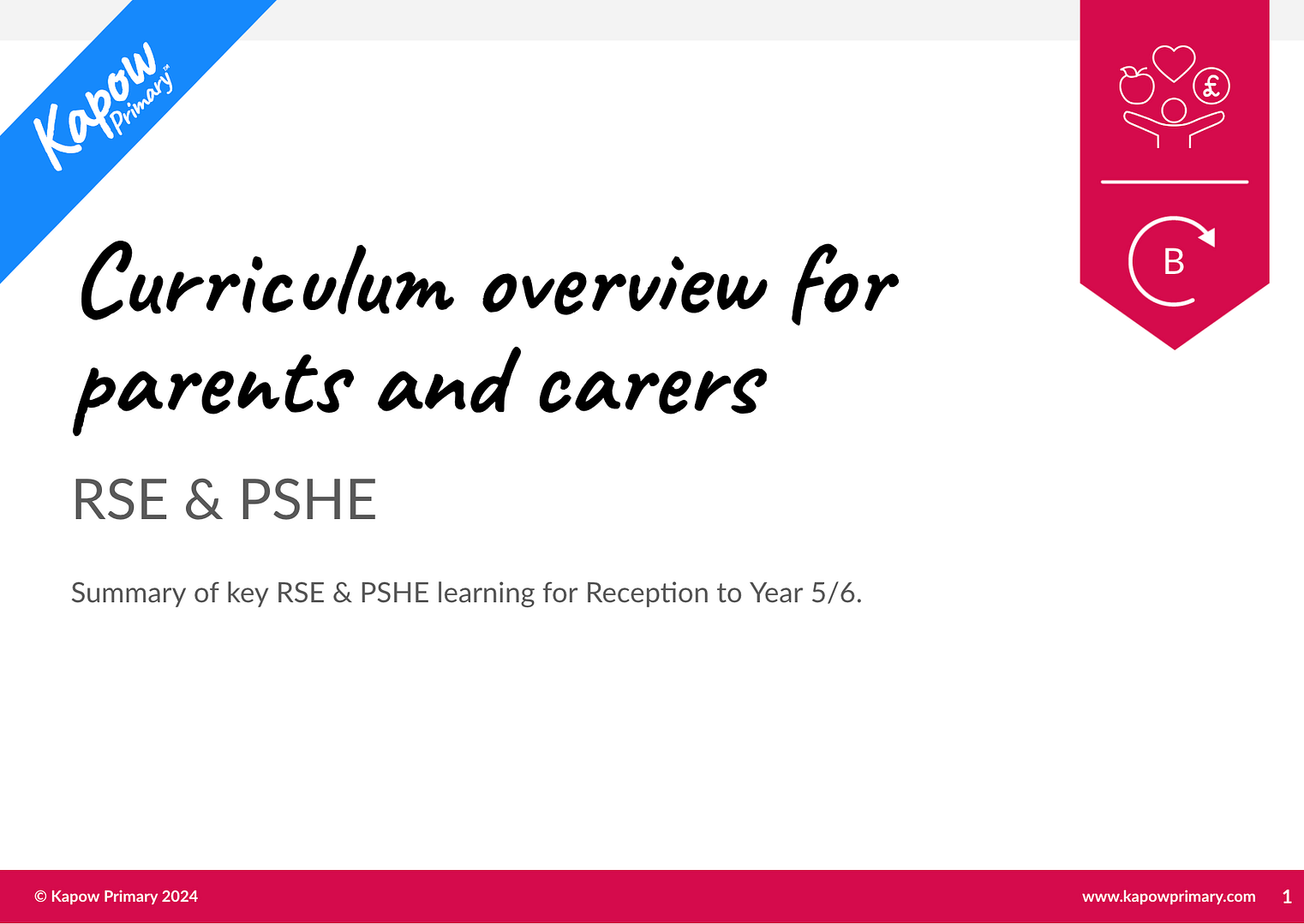
No changes to this document needed for 25/26.
A curriculum guide which can be published on your school website to show parents and carers the RSE & PSHE lesson plans.
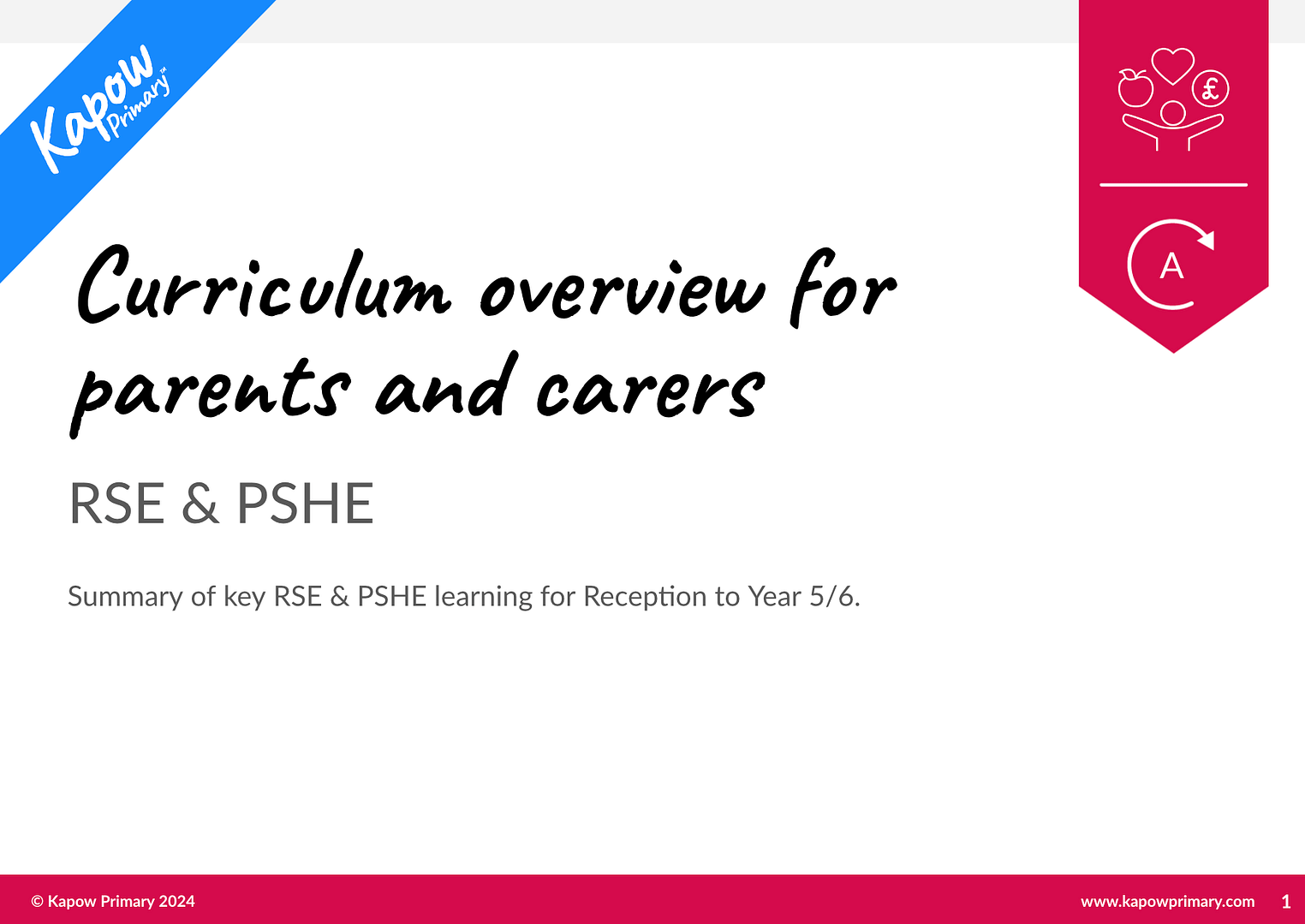
No changes to this document needed for 25/26.
A curriculum guide which can be published on your school website to show parents and carers what will be covered in the RSE & PSHE lesson plans.
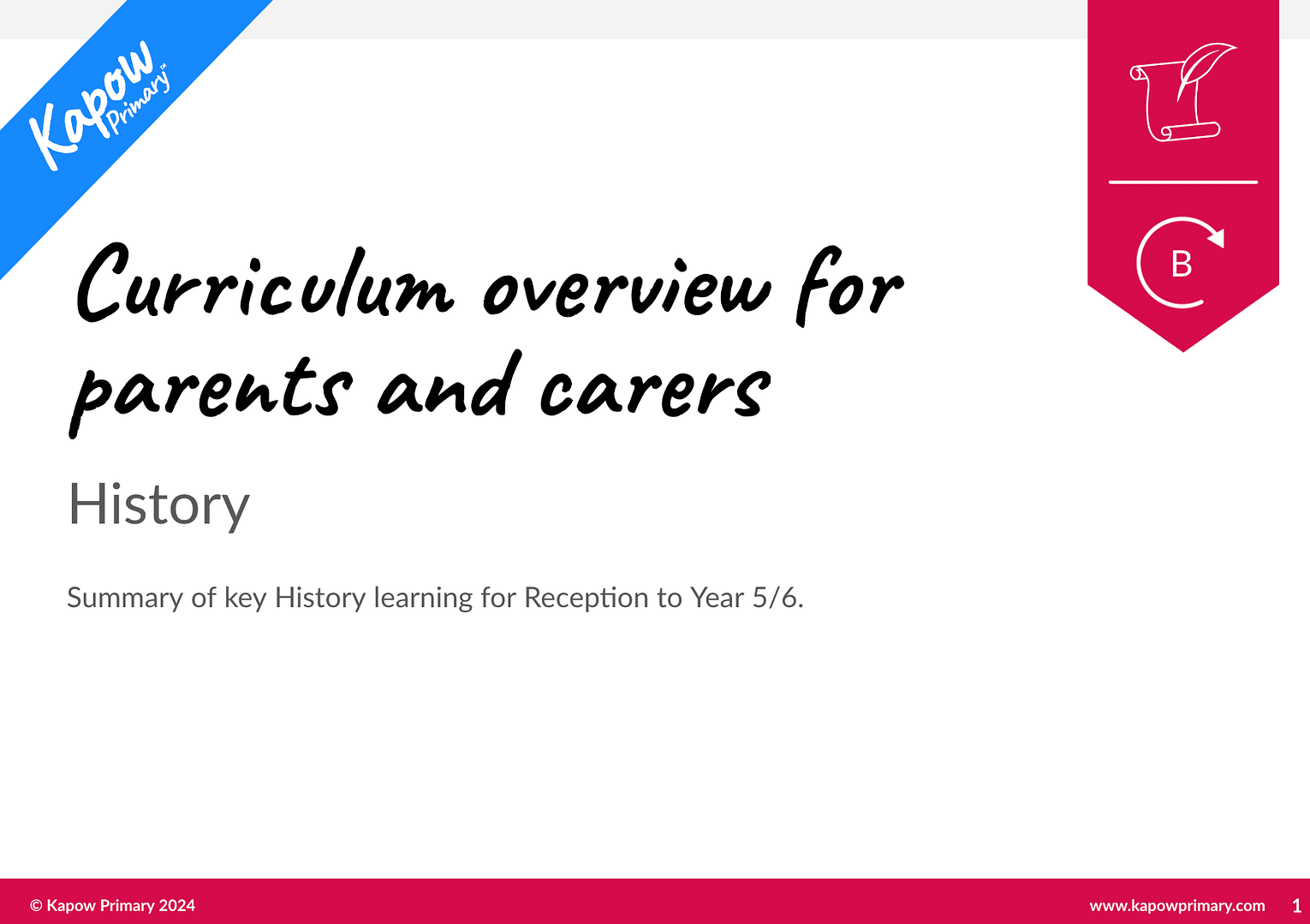
A curriculum guide which can be shared on your school website to show parents and carers the History curriculum.
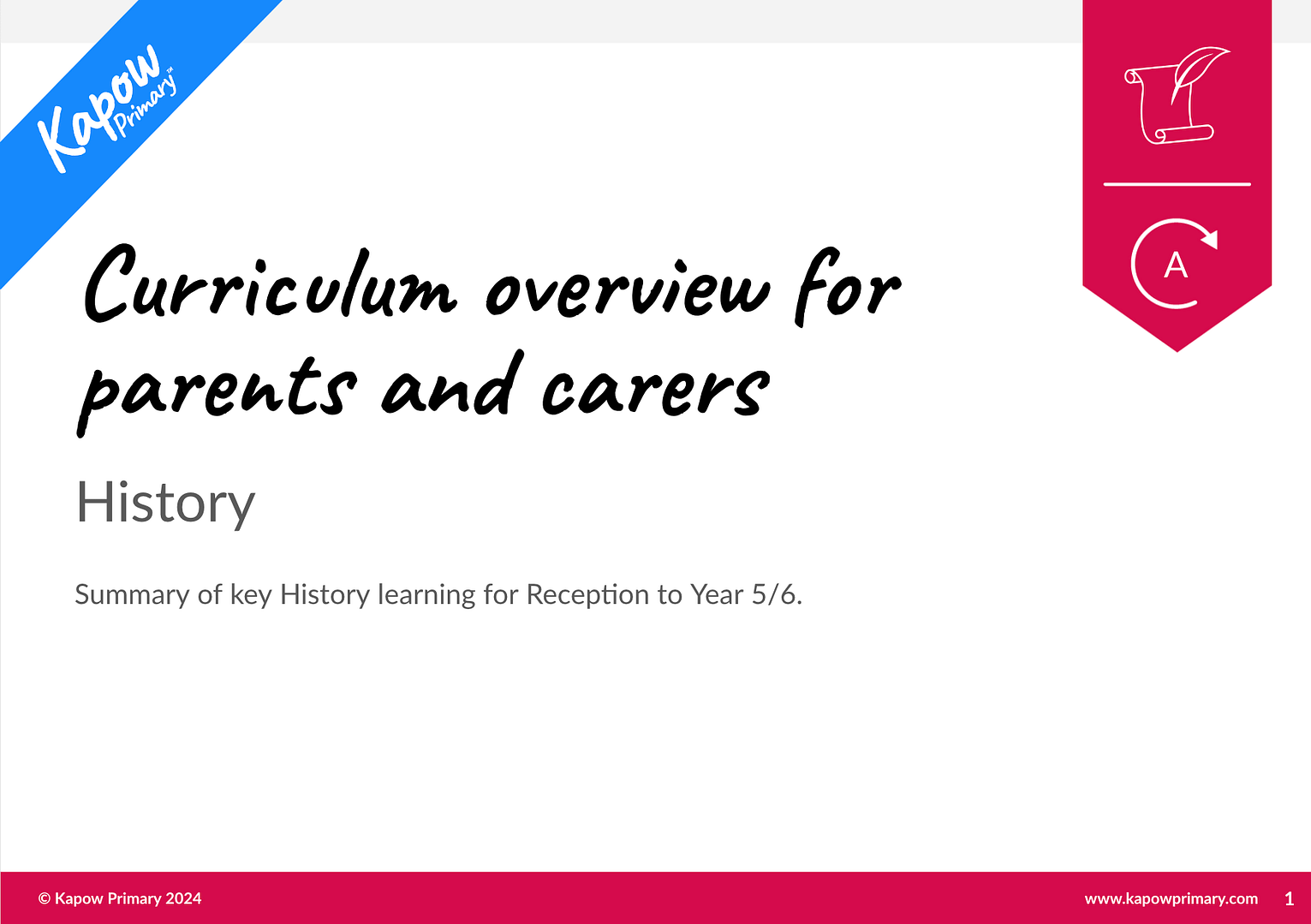
A curriculum guide for parents and carers which can be published on your school website to show the History curriculum.







